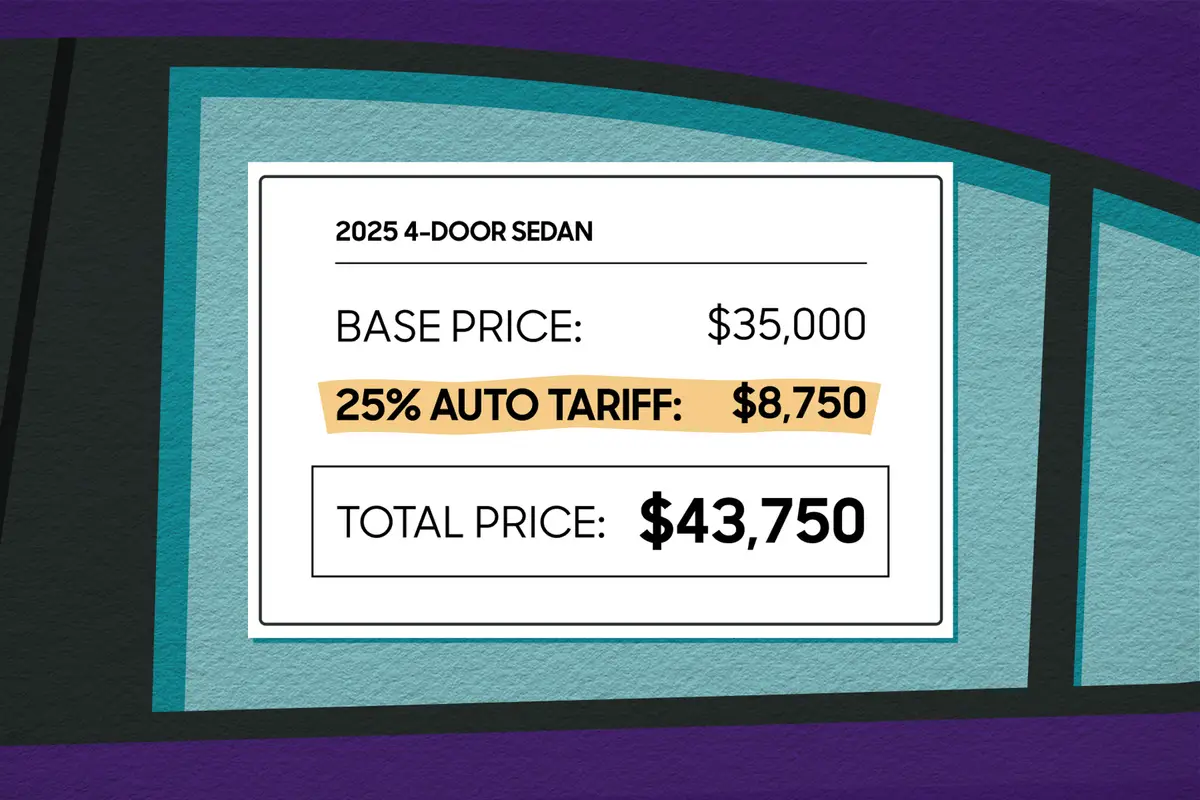chicagotribune.com's view
At last, Mazda has redesigned its MPV mini-van, a welcome move that took more than 10 years to carry out.
The MPV (Multi-Purpose Vehicle) arrived on the market in the fall of 1988 as a 1989 model. It came with two doors, later added one swing-out door in back and then added a pair of swing-out doors to allow for easier entry to/exit from the rear seat.
The 2000 version is the first remake of the vehicle since it was introduced and, to mark the occasion, Mazda replaces the swing-outs with sliding rear doors.
While Mazda may be the last mini-van maker in the world to get with the program and offer a pair of rear sliding doors, it hasn’t let new technology enter the picture with power-operated sliders. The doors work only manually.
Mazda says the 2000 MPV built off a version of the 626 sedan platform is longer and wider than it had been and shares only the name with the previous version.
Though there’s no power sliding doors, the MPV does have some innovations in the cabin, one of them being “side-by-slide” seats available in the SE we tested and the LX.
The second row of seats are individual buckets positioned side by side behind the driver. The design allows for a convenient walkway to the third seat when entering through the passenger-side sliding door.
Once the third seat is full, or once the kids in those side-by-side second-row buckets act up, you press a lever and the bucket closest to the passenger side door slides a foot closer to that door to put room between the kids. Spreading the seats apart also creates a convenient walkway from front through the second and into the third seat once the doors are closed. Clever.
The movable second-row bucket has dual cupholders that slip out the side. The unmovable second bucket has one large cupholder built into the side sliding door.
Should you have a flat tire, you lift the second-row carpet and insert the hand crank in the slot in the floor and the tire releases and slides down and out along the right side for the motorist to handle. Clever again.
If you need more cargo capacity in back, pull one strap to release the seat back, another strap to release the seat bottom and the third row bench flips and folds flat into the floor.
When the hatchlid is open, you can flip the third seat to face rearward for family picnics o r tailgate parties.
The flip-and-fold third seat is similar to that in the Honda Odyssey mini-van, though the Odyssey’s is a bit easier and quicker to use and looks neater folded. The carpeting covering the folded third seat in the MPV looks a tad unkept.
For years automakers were wondering how to make rear seats lighter and easier to remove, when the secret was not moving them, but folding them out of sight.
Those who suffer lower back pain or who are trying to avoid suffering lower back pain by not purchasing a mini-van with removable seats will find the flip-and-fold MPV and Odyssey seats a welcome relief.
If you need lots of cargo room, those two second-row buckets are removable. Mazda boasts each weighs 37 pounds versus 50 pounds in the Odyssey.
The MPV is offered in DX, LX and top-of-the-line ES versions. The DX starts at $19,515, the LX at $21,570, the ES at $25,070.
Standard equipment in the ES we tested includes anti-lock b ra kes, air conditioning, power steering with tilt wheel, AM/FM stereo with CD player, power windows (in side sliders, too) and door locks, heated power mirrors, keyless remote entry, leather seats, 16-inch aluminum alloy wheels and side air bags upfront.
Other noteworthy MPV features include tie-down hooks behind the third seat, heat/cooling controls for rear-seat passengers, 10 cupholders to serve the seven passengers, nine built-in storage compartments, storage tray under the front passenger’s seat, a 12-volt auxiliary power outlet in the cargo compartment and a windshield larger than that on a CTA bus that offers the most panoramic view we’ve ever experienced in a motor vehicle.
The glass is so large, be prepared to use the air conditioning often in the summer. Oddly, though the windshield is very large, the outside mirrors are too small.
One feature the MPV is lacking is a power seat. None offered–even as an option.
But MPV has a far more serious flaw. Remember the saying, “There’s no such thing as a free lunch?”
One reason Mazda has taken so long to redo the MPV is that it didn’t have the money. Ford Motor Co. has stepped in to help out its partner. To reduce Mazda’s costs, the MPV sports a 2.5-liter, 170-horsepower, 24-valve Duratec V-6, same engine offered in the Ford Contour sedan. The MPV had used a 3-liter, 155-h.p. Mazda-built V-6 previously.
We tested the MPV through the rolling Illinois/Wisconsin countryside. Lots of inclines, though none to measure up to those on the East or West Coast.
The V-6 is underpowered and we had only two adults on-board–second- and third-row seats and cargo hold were empty.
When testing the MPV SE, we had to press the button on the gearshift stalk to get out of overdrive to give us the power to maneuver.
The 2.5-liter V-6 is mismatched in the MPV. A more potent V-6 is needed. Thankfully, a new V-6 that offers more punch is in the works. But no word on what engine it will be or when it will arrive; Mazda simply recognizes the problem and advises us to stay tuned.
While Mazda needed an MPV redesign, it needs a sport-utility vehicle even more. It hasn’t had one since Ford gave it the two-door version of the Ford Explorer to sell as the Navajo. The Mazda SUV was offered in the 1991-1994 model years as a two-door only but with two- or four-wheel-drive. Ford wouldn’t part with its far more popular four-door Explorer for Mazda, the reason Mazda dropped Navajo.
Mazda returns to the SUV market when it gets a new compact sport-ute that will be built at Ford’s Kansas City, Mo., plant. Mazda will share the vehicle with Ford, which will market a version called the Escape. The new SUV comes out in late spring or early summer as a 2001 model. The Mazda version is slated to arrive shortly before the Escape.
2000 Mazda MPV SE
Wheelbase: 111.8 inchesLength: 215.1 inchesEngine: 2.5-liter, 24-valve, 170-h.p. V-6Transmission: 4-speed automaticFuel economy: 18 m.p.g. city/23 m.p.g. highwayBase price: $25,070Price as tested: $26,370. Includes $700 for power moonroof and $600 for in-dash CD changer. Add $480 for freight.Pluses: Dual slide-open side doors. Flip-and-fold third seat that doesn’t need to be removed. “Side by slide” second-row bucket seats- Panoramic windshield view.Minuses: No power side sliders. V-6 underpowered.
Latest news



